
Soil Health & Fertilization
We unite suppliers and green industry professionals worldwide
Garden peas are an entertaining and at the same time simple growing crop which has multiple applications, foodstuff, as well as soil enrichment.
By Victor Miller
|Published on September 22, 2025
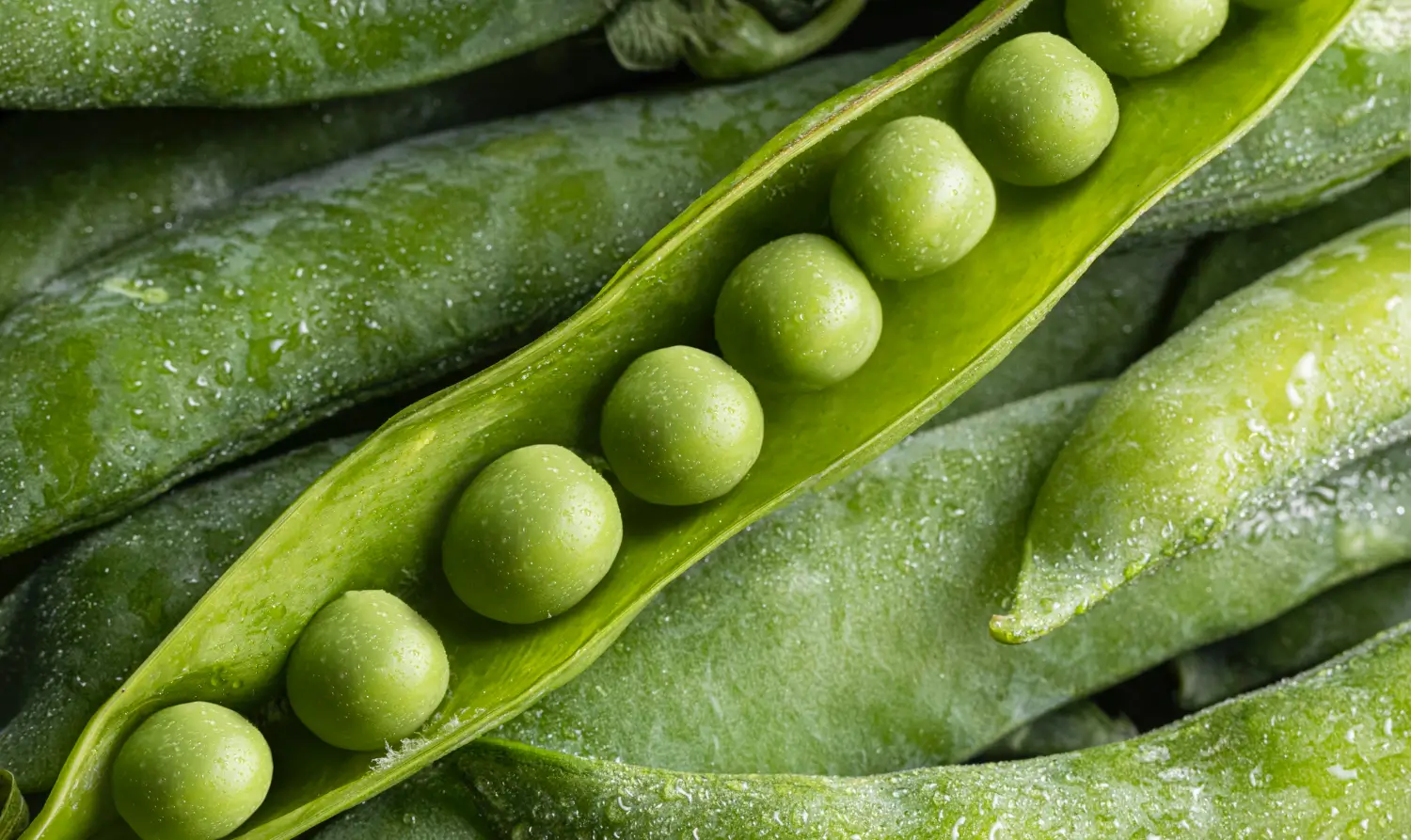

Garden peas (Pisum sativum) have been a staple in gardens as well as in kitchens for years. They taste sweet and are soft. Garden peas are suitable for both new gardeners and experienced horticulturists because you can cultivate them in multiple climates. They are beautiful and useful in any backyard.
With their rich history dating back to ancient civilizations, these cool-season crops offer a bounty of fresh pods for snacking, cooking, and freezing. This article will provide an in-depth look at garden peas, from their botanical identification to propagation, growing conditions, and common issues that may arise in their care.
| Scientific Name | Pisum sativum |
| Common Names | Garden Peas, Sweet Peas, Field Peas |
| Family | Fabaceae (Legume Family) |
| Genus | Pisum |
| Species | Pisum sativum (the most commonly cultivated pea variety) |
| Cultivars | Popular cultivars include Sugar Snap, Snow Pea, and Green Arrow. |

September 25, 2025
9 minute read
September 24, 2025
9 minute read
September 23, 2025
10 minute read
September 22, 2025
9 minute read


Join as a seller and connect with thousands of B2B buyers nationwide!
Sign Up
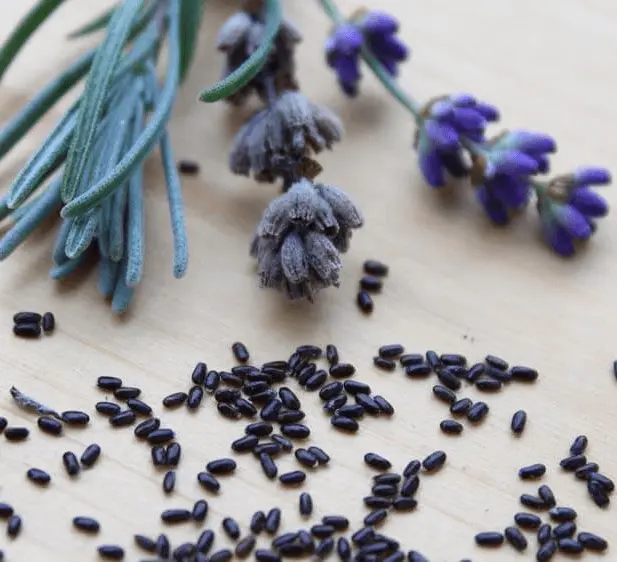
Lavender Seed
Lavender is one of the most beloved herbs in the world, prized for its beautiful odor, stunning purple flowers, and diverse applications. It has been grown for thousands of years as “the herb of calm”.
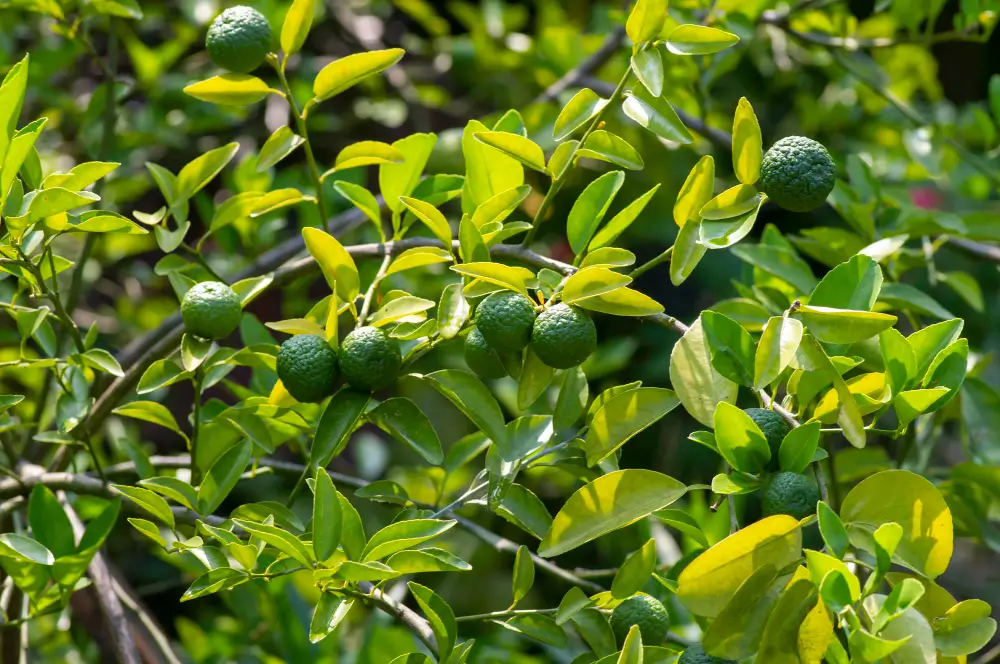
Kaffir Lime
While the fruit and leaves are rich in essential oils, their primary value is in the unique flavor they bring to food and drink.
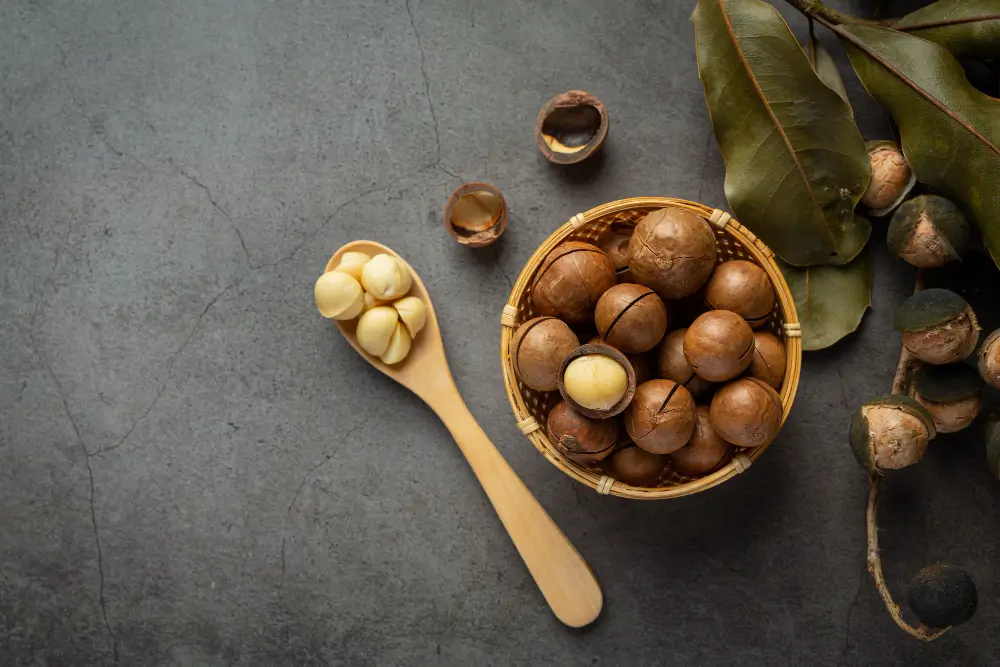
Macadamia Nut
The Macadamia nut is commonly known as the “queen of nuts” since it possesses a rich and buttery flavor and desirable nutritional value. Macadamia nut trees are beautiful evergreen trees that provide both decorative and agricultural benefits.
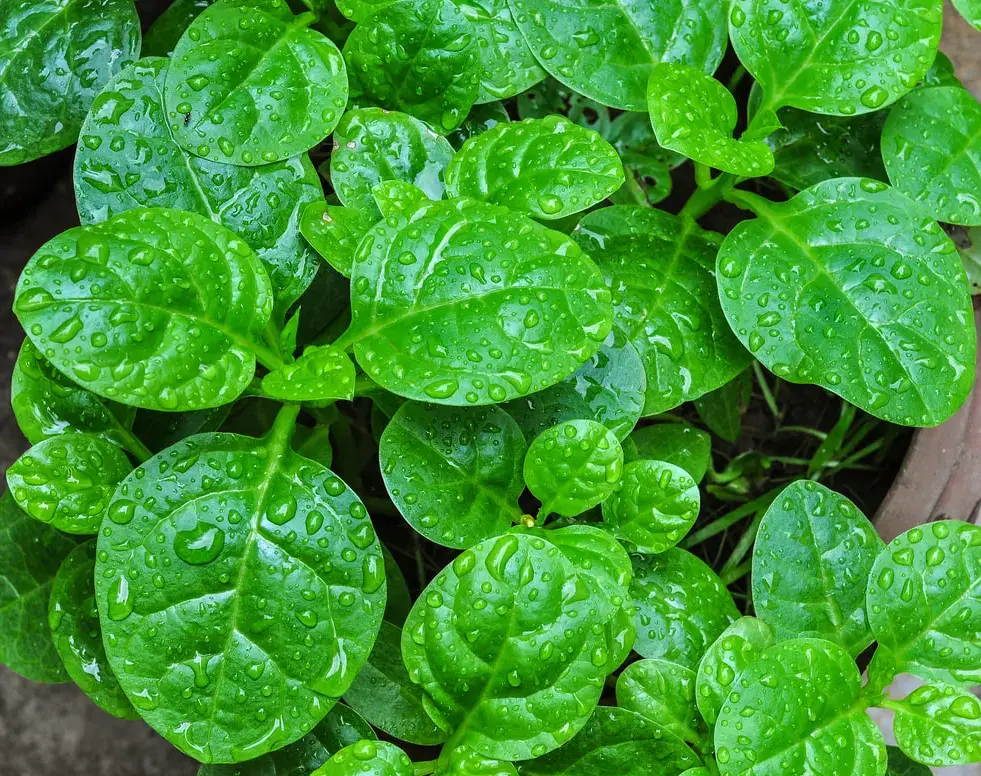
Malabar Spinach
Malabar Spinach does not act like any spinach. It is ornamental and edible because of the lush climbing vines, vibrant green or reddish-purple stems, and fleshy and glossy leaves. Malabar Spinach is a well-known variety due to its nutritional value.
Garden peas are mostly self-pollinated and will not require bees (or other pollinators) to pollinate them, though they flower and attract pollinators.
Bloom Season: Late spring to early summer.
Garden peas are simple to prepare, and they are useful in numerous meals. They can be cultivated easily in a garden and bring color and appeal to the garden. The following are some of the most popular uses of these plants.
Culinary Uses
Garden Uses
Composting: The waste from vegetable material, like discarded vines, can be ground into the soil to serve as nutrients.
Garden peas thrive well in cool climates and have certain needs to enable them to obtain optimum growth.
Garden pea seeds are small, round, and usually green, although some varieties may produce yellow seeds.
Peas of the garden also grow best in cool weather and have certain conditions they require to allow them to grow well.
Garden peas have high levels of germination and large vigor in their seed.
Vigor Testing: Seed vigor can be tested by carrying out a germination test. Take a few seeds, wet a paper towel, wrap them in the paper towel, then look in a week to see whether they have sprouted.
Peas may be raised by seed at any rate.
Garden peas are relatively resistant to diseases, but they might be affected by certain issues. Common issues include:
Garden pea seeds require a means of storage to preserve their viability.
Garden peas are an entertaining and at the same time simple growing crop which has multiple applications, foodstuff, as well as soil enrichment. This is due to their sweetness, flexibility in cold weather conditions, and the capacity to enrich garden soil, making them ideal crops among home gardeners. Gardeners who follow good sowing, cultivation, and pest control will continue to get a plentiful supply of the pea fruits.
Garden peas seeds germinate in 7-14 days, given perfect conditions.
Peas are cool-season crops, and they must be planted in early spring, preferably four to six weeks before the last predictable frost.
Use organic insecticides, release predatory insects like ladybugs, and maintain the garden to reduce pest infestation.

Soil Health & Fertilization
Victor Miller

Pest Identification & Prevention
Victor Miller

Lawn Care Tips & Maintenance
Victor Miller

Soil Health & Fertilization
Victor Miller

Smart Irrigation Systems
Victor Miller

Patios, Walkways & Driveways
Victor Miller

Soil Health & Fertilization
Victor Miller

Pest Identification & Prevention
Victor Miller
My Account
Our team is always here to help.
We are open Monday - Friday, 9:00 AM to 4:30 PM PST.